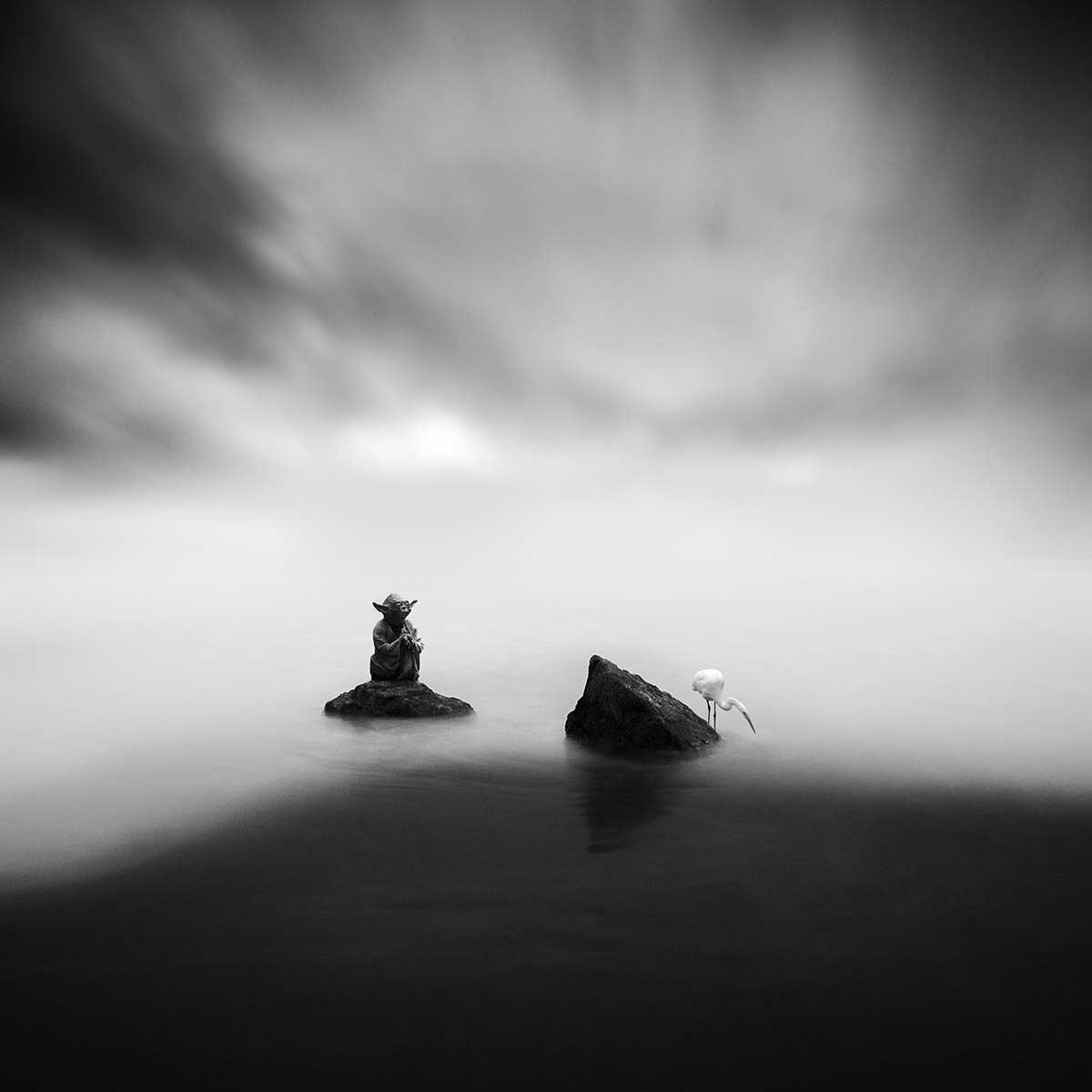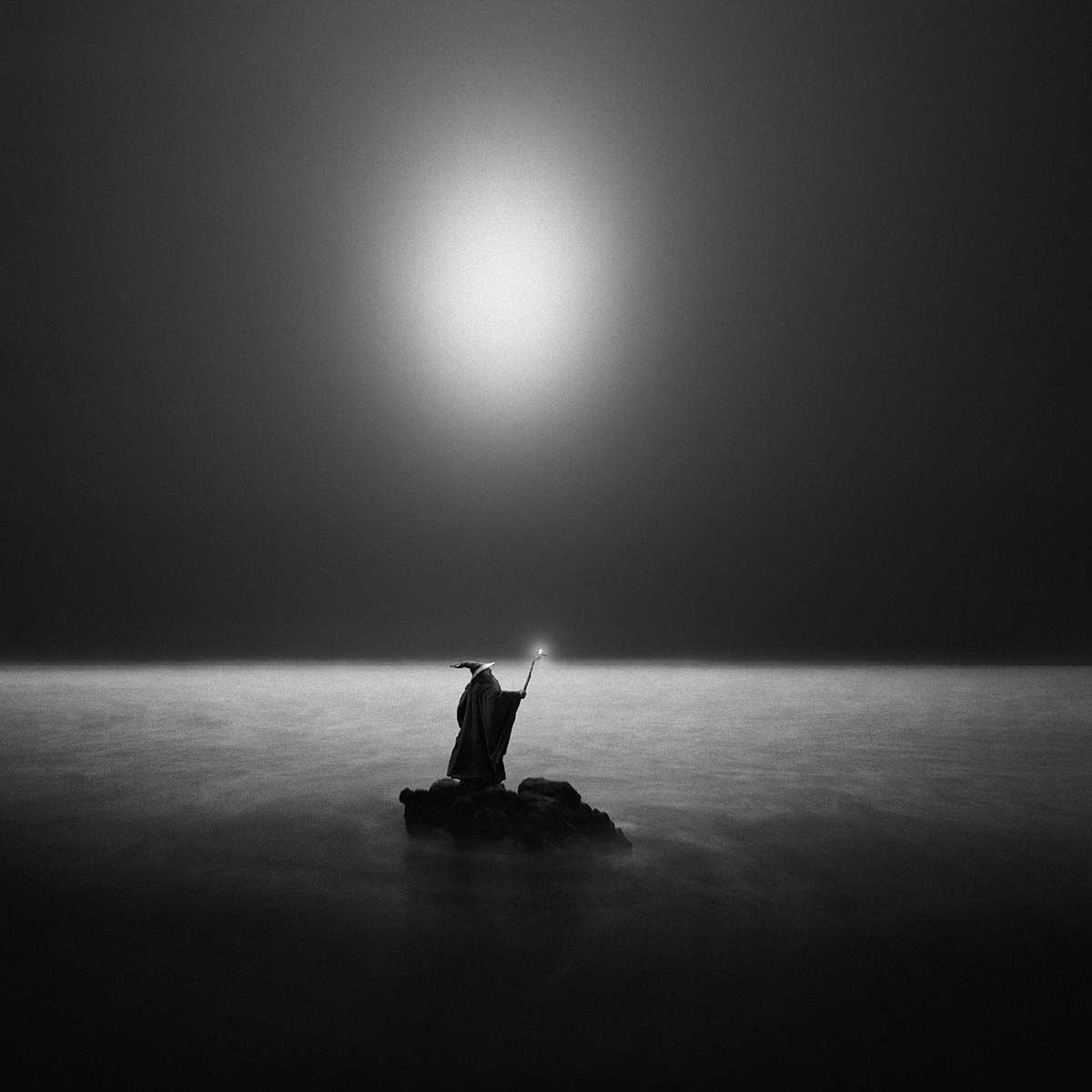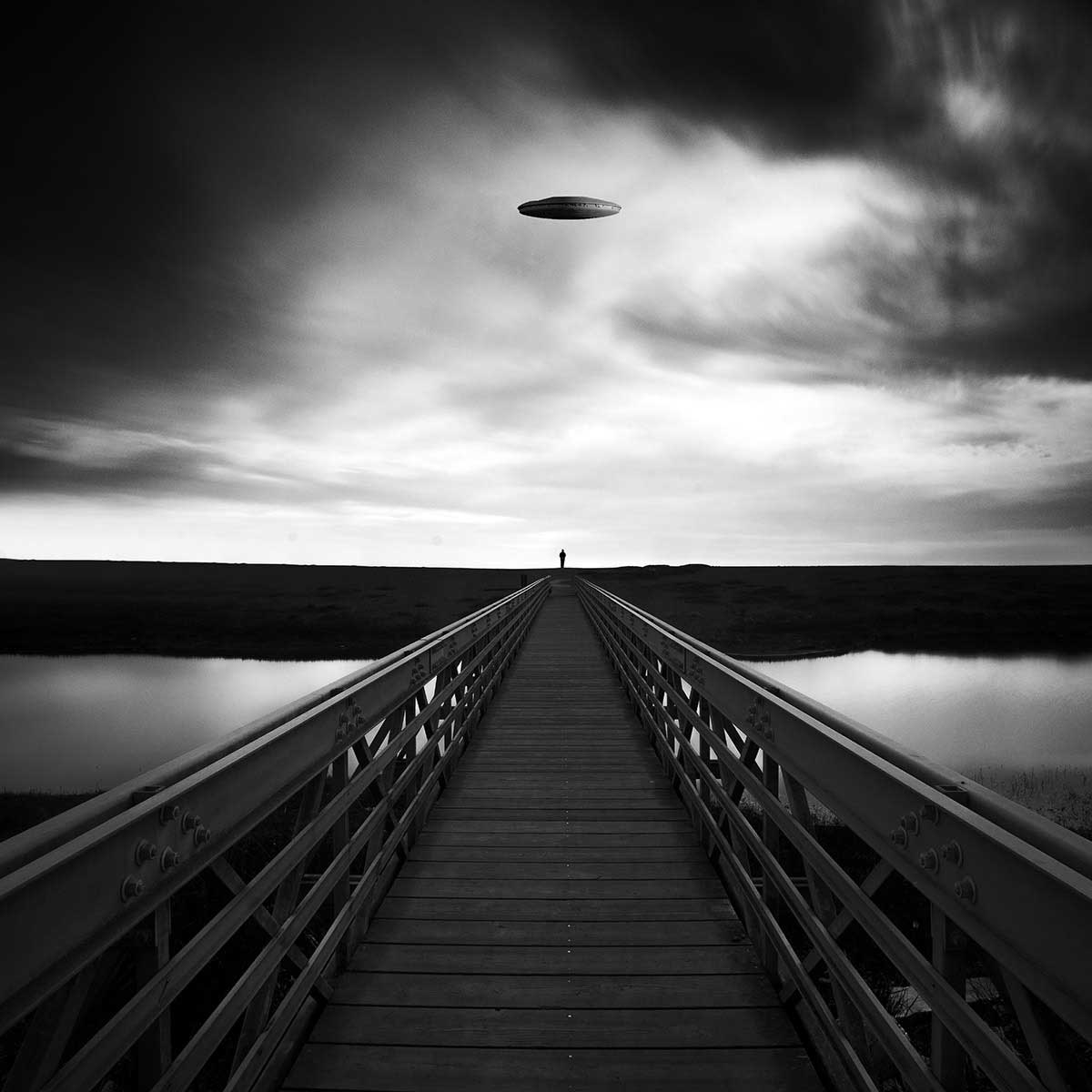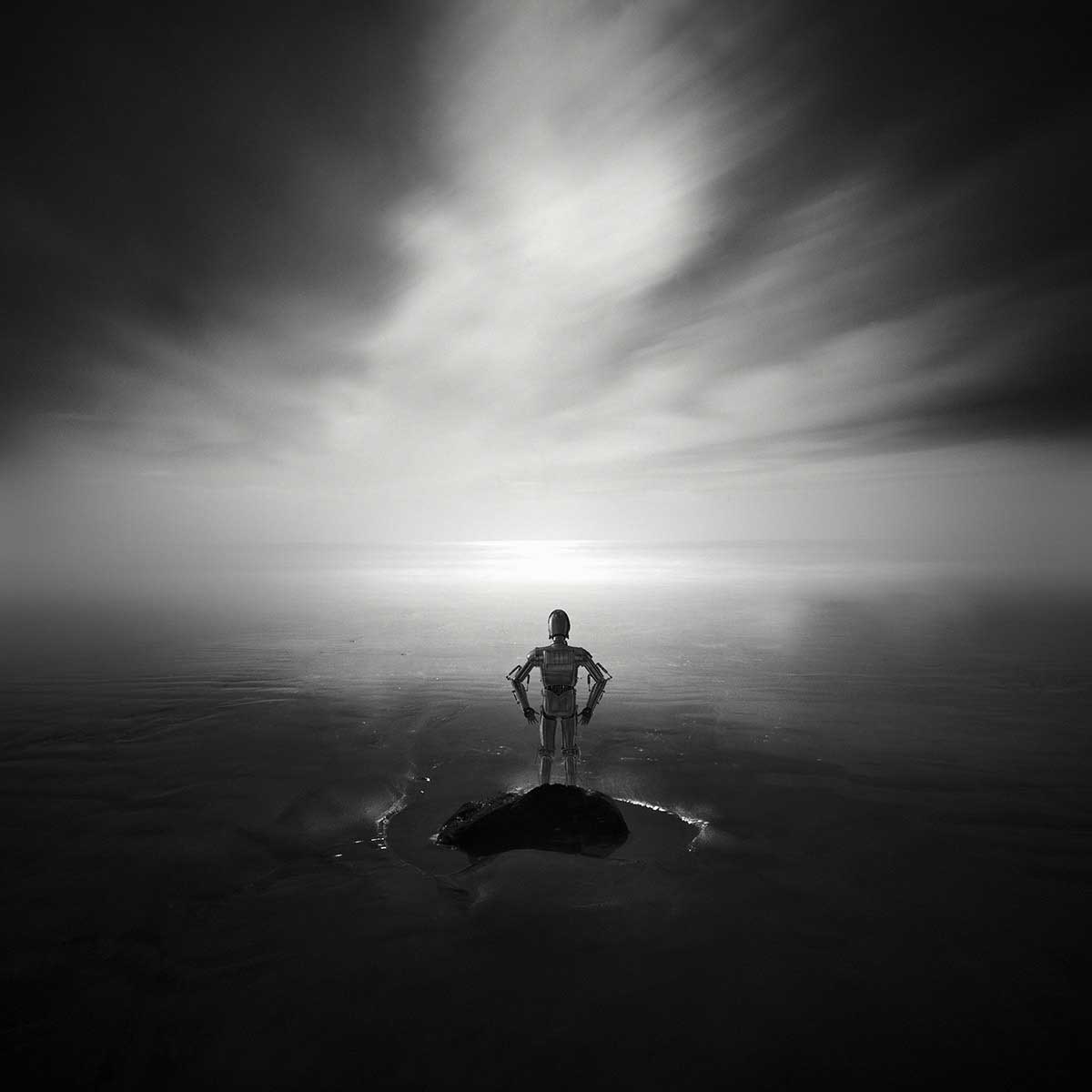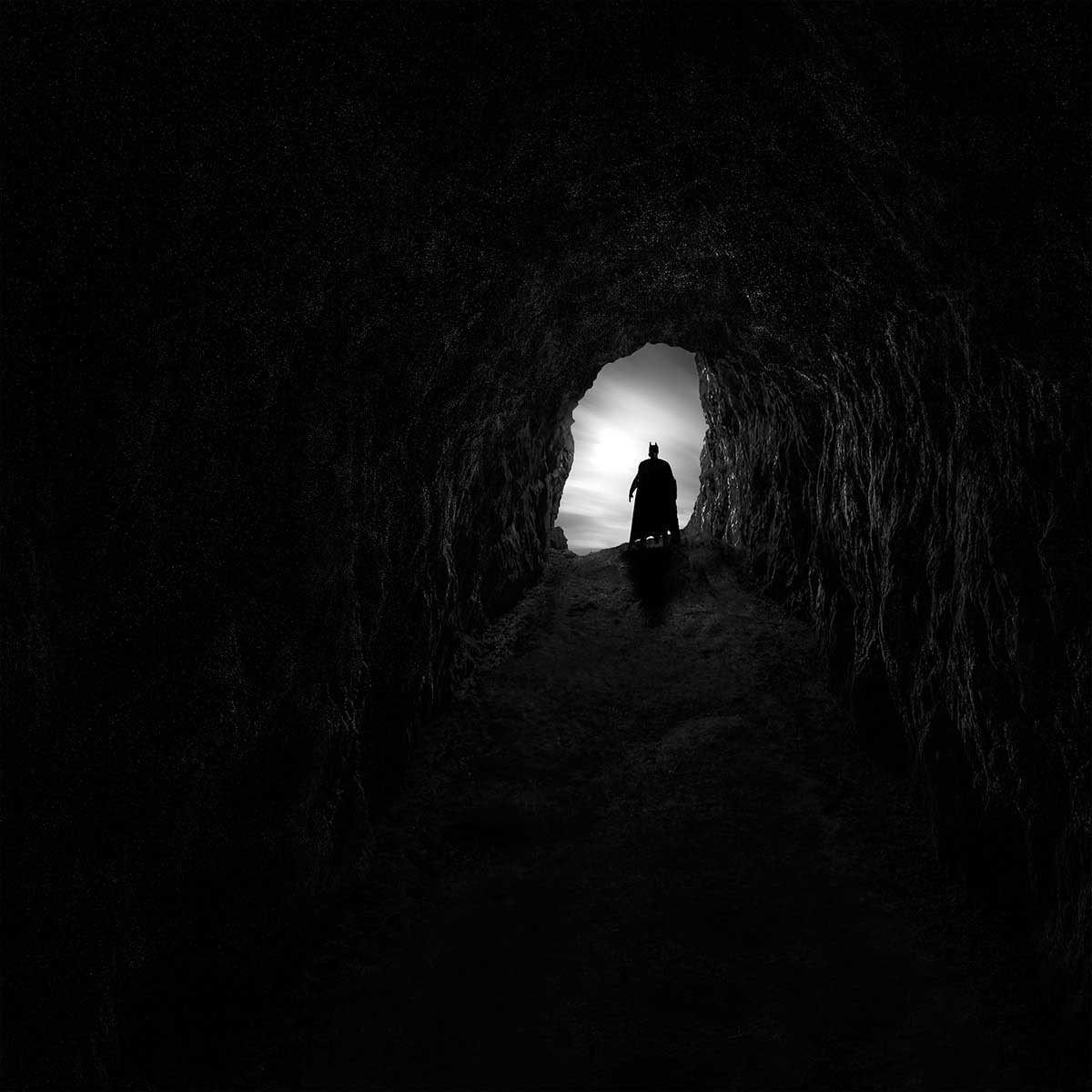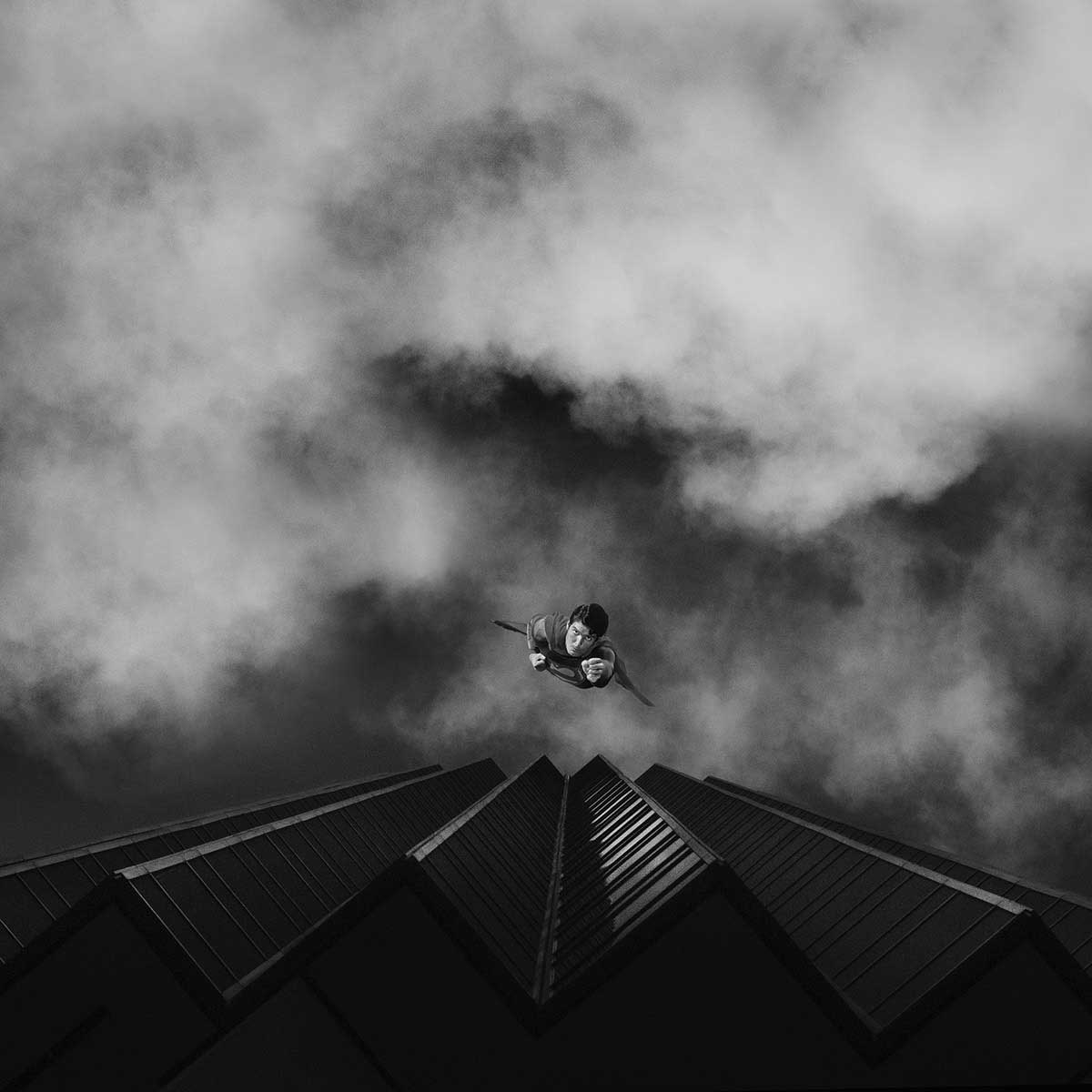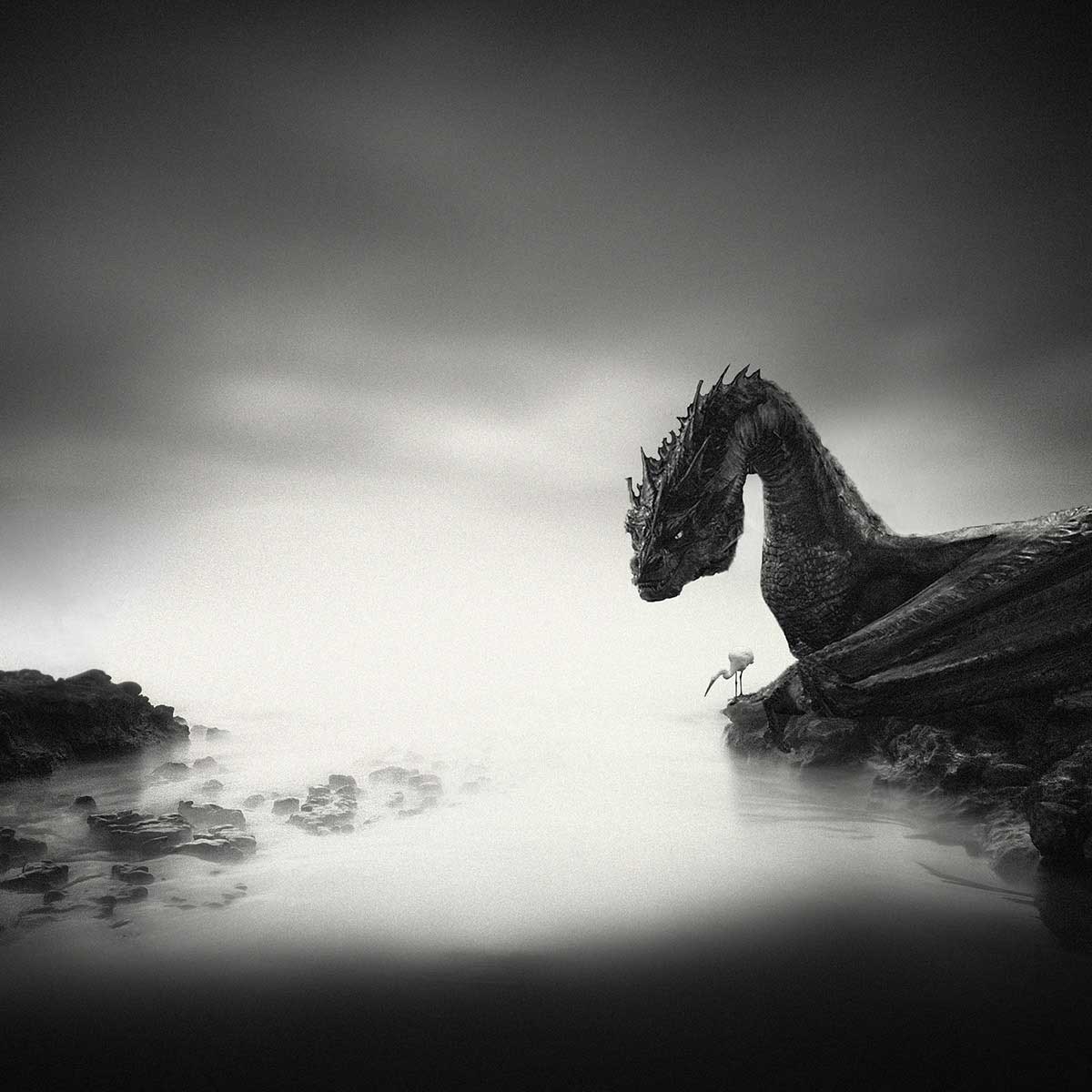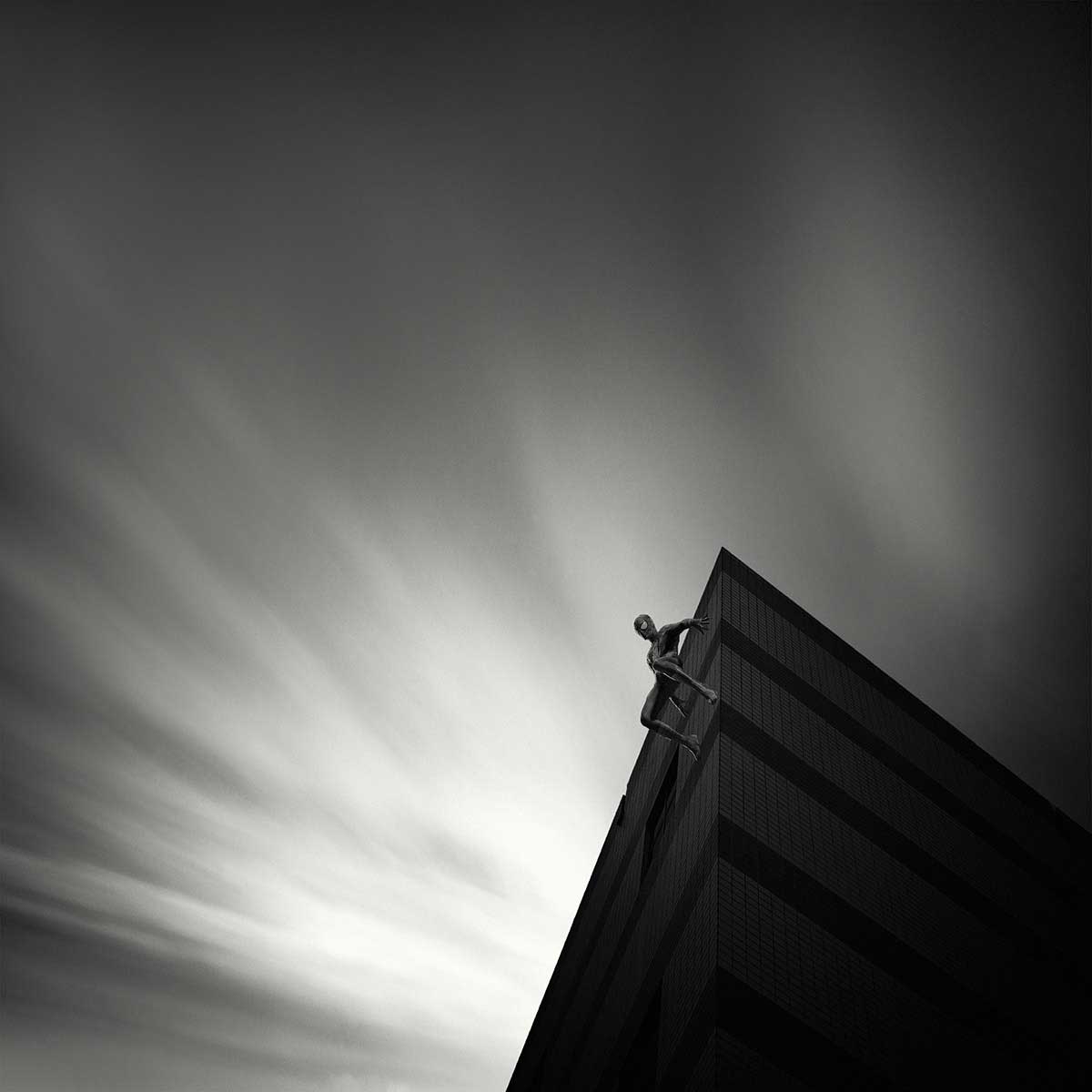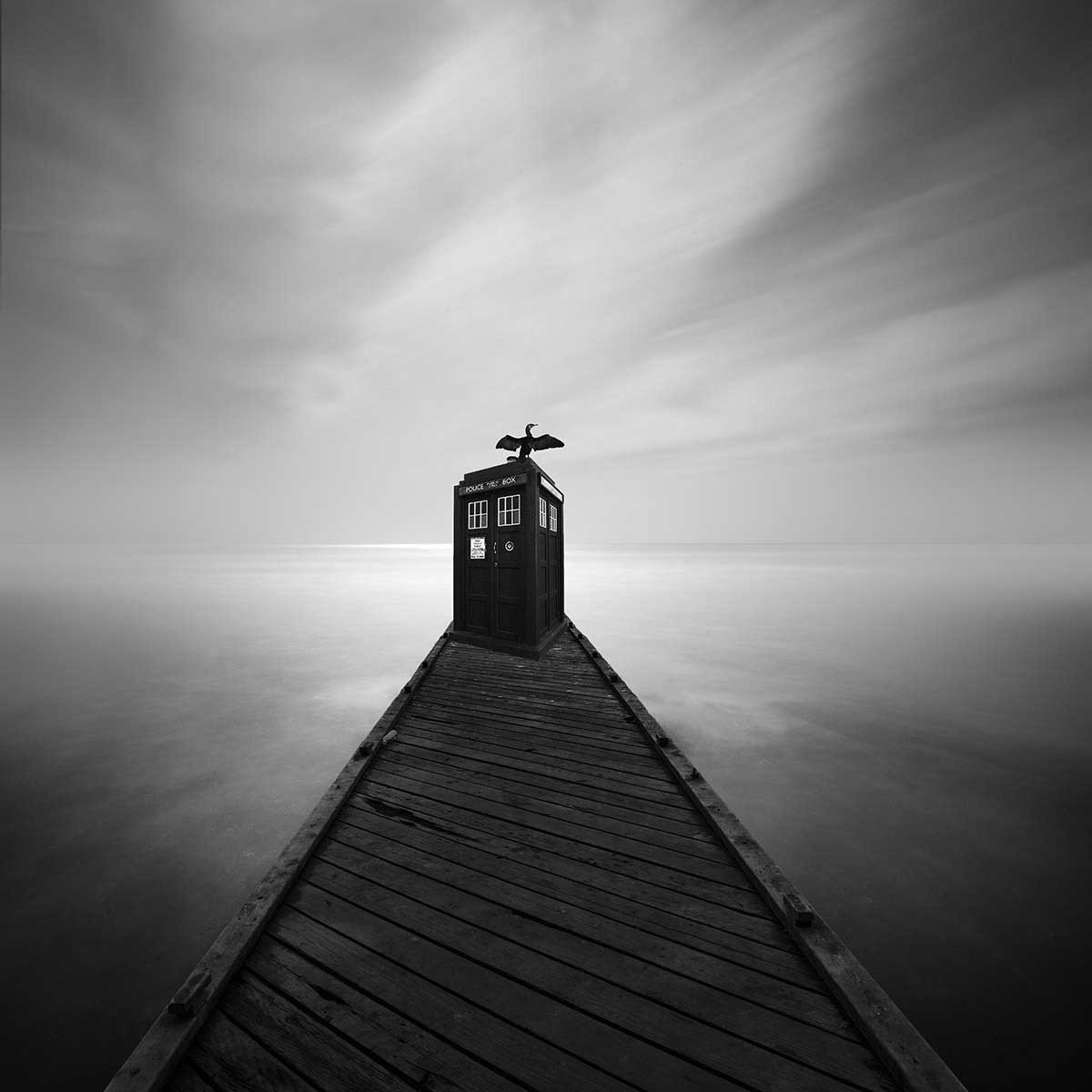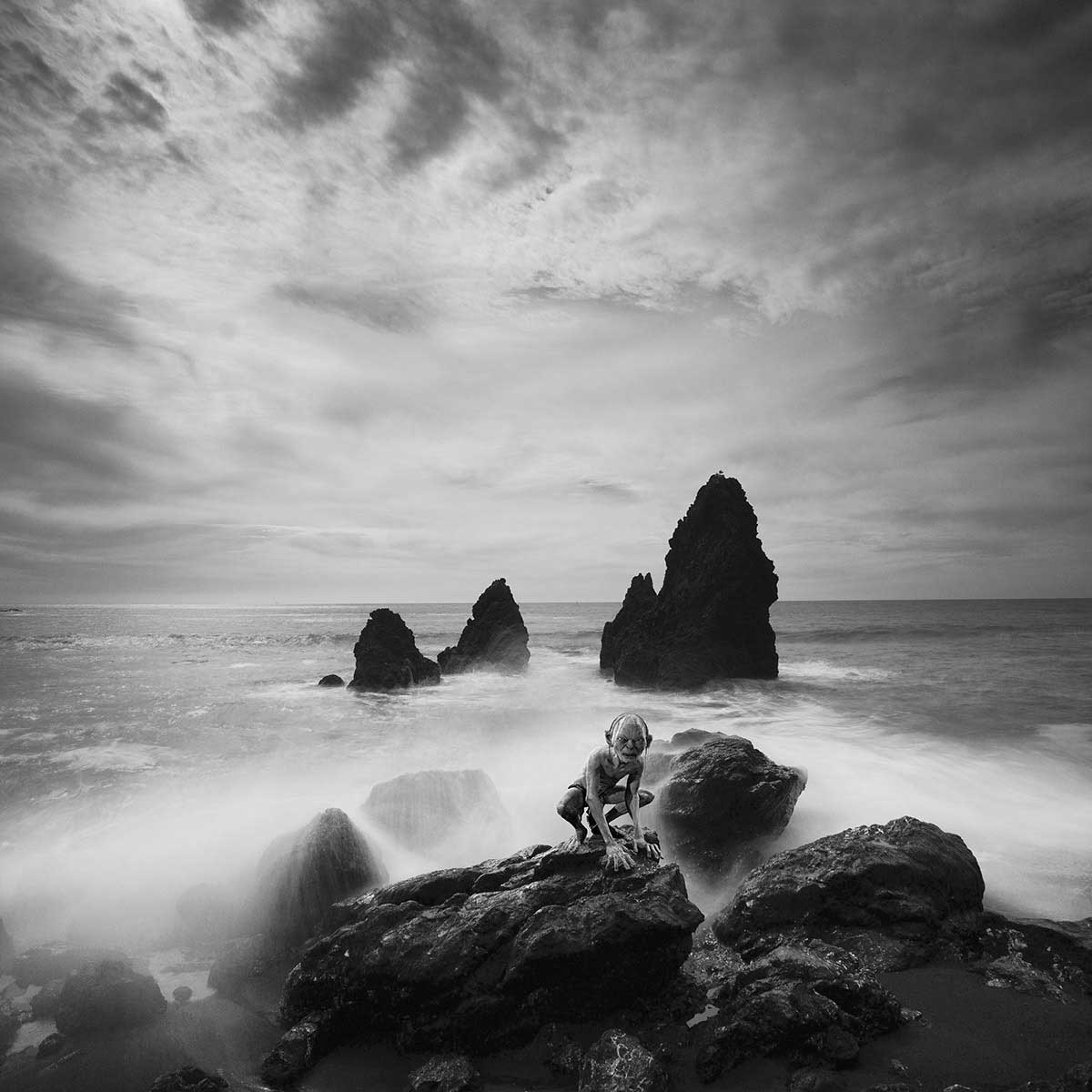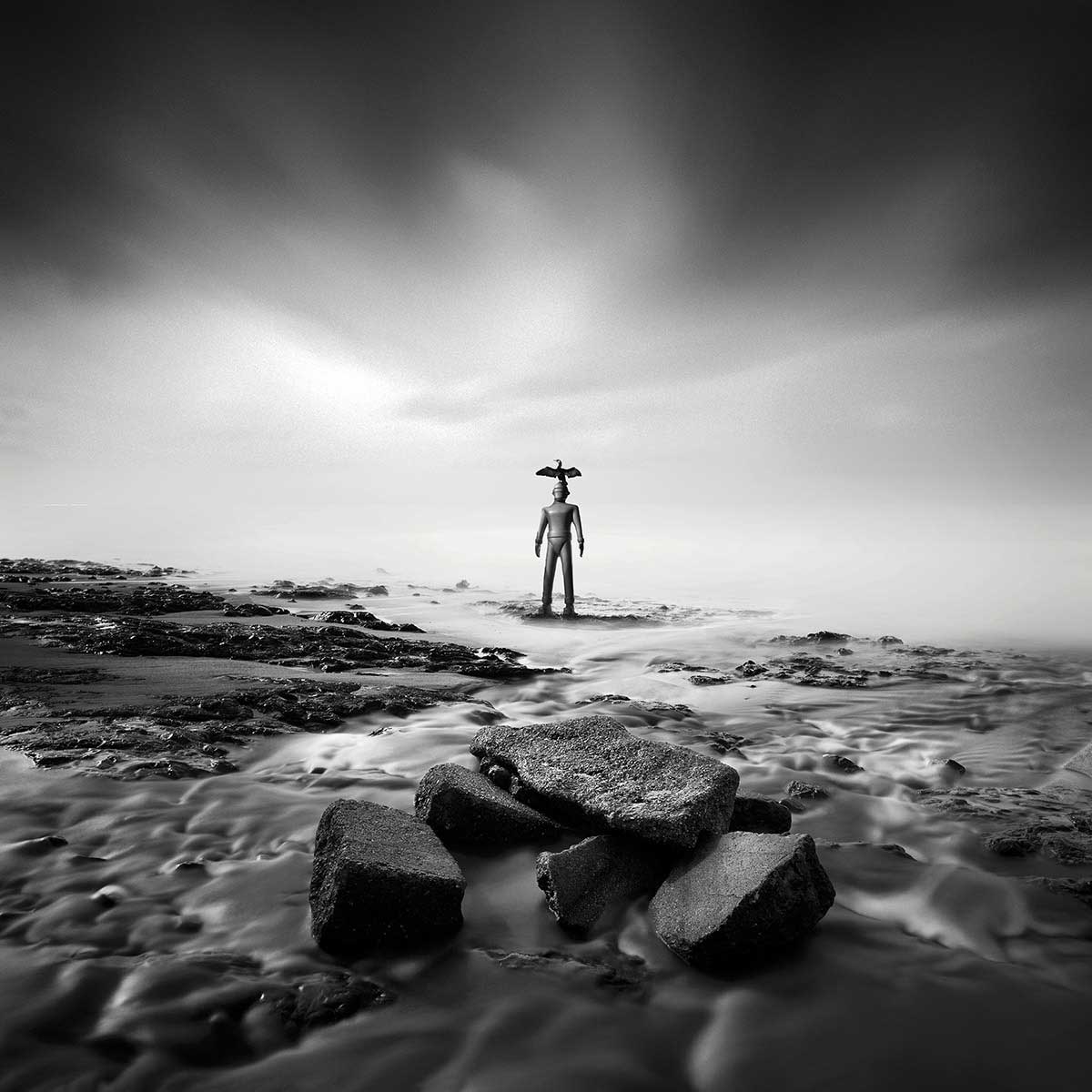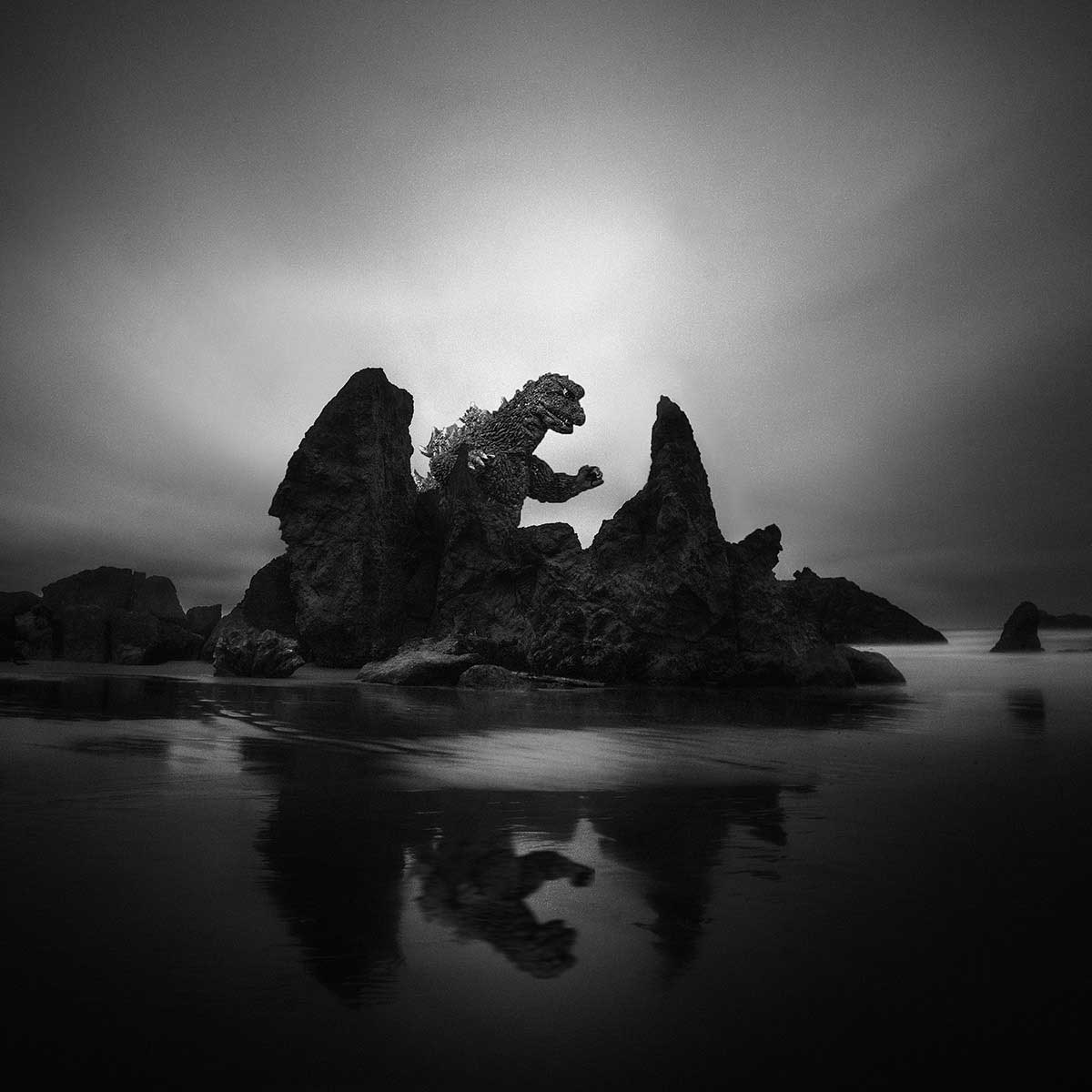Robots that serve and protect or destroy; monsters that emerge from the sea; aliens that arrive from faraway solar systems; superheroes that fight crime and unimaginable evils; wizards that orchestrate fellowships; heroes and villains that clash in galaxies far, far, far away: all of these are characters and stories born from the imagination, created with the intent to spark the imaginations of others.
Indeed, for generations wide-eyed children and adults have been encountering such imaginings in stories fueled by words that beguile us to suspend our disbelief; comic books inked in words and images that invite us to participate in fantastical stories of heroes; and films in which special effects creators visualize such imagined worlds of fantasy and science fiction.
I was born in the mid-sixties and grew up in the seventies, during a time when the special effects for movies were still somewhat rudimentary, though far more sophisticated than the sci fi and horror movies of the fifties that I also loved so much as a child– think The Day the Earth Stood Still, Invasion of the Body Snatchers, Forbidden Planet, When Worlds Collide, and War of the Worlds.
However, as unsophisticated as these earlier effects may have been by today’s standards, I never found it difficult to see beyond their limitations because my imagination was an active participant in the process, one that readily accepted the invitation to consider, for a couple of hours, that these things could be possible even though I knew that they were not– even if the effects struggled to muster any hope of looking realistic.
Those clunky effects were all I and so many others needed (and many of those films have a charm not often found in the expensive over-the-top special-effects-laden spectacles of the 21st Century). And to this day, the earliest movies of this kind, from the silent film Metropolis to the early stop motion animation of King Kong, still manage to elicit a small touch of that childhood wonder in me.
Naturally, the special effects soon evolved, and filmmakers found more inventive, realistic ways to visualize their stories. Kubrick’s 2001: A Space Odyssey, for example, was an eye-opening experience even if, as a child, I did not really understand it. Other films like Silent Running, Logan’s Run, Westworld, Planet of the Apes, The Omega Man, Zardoz, soon led to Star Wars, which changed everything for a young kid like me (I was eleven when it first came out in theatres). Television also offered me worlds away from worlds with shows like Star Trek, The Twilight Zone, Lost in Space, Space 1999, The Outer Limits, The Prisoner, and Doctor Who. As a kid, I also loved Marvel Comics (especially The Silver Surfer, Doctor Strange and, of course, Spiderman, The Fantastic Four, and the Hulk) and D.C. comics (Superman, Batman, Wonder Woman, and the Justice League of America). I readily embraced the world of sci fi and fantasy books through Tolkien’s The Hobbit and The Lord of the Rings, Ursula K. LeGuinn’s original Earthsea Trilogy, Roger Zelazny’s first Amber series, C S Lewis’ Narnia books, Frank Herbert’s Dune, and Ray Bradbury’s Martian Chronicles, to name but a few. All these books, TV shows, comics and films required my willingness to yield to the impossibility of such things and imagine along with their creators. And it was the necessity that I had to imagine, that I had to accept, that I had to set aside the unbelievable– and even at times the ridiculous– which I found so appealing.
I always find it particularly curious that so many modern moviegoers demand perfect, believable special effects, as if the fantasy could be reality, in order to suspend their disbelief and watch a film that is so obviously grounded in pure fantasy, pure escapism. Such a demand implies a diminished ability and willingness to actively imagine, to have all the work done for one. After all, the claim that something unbelievable and impossible is not believable enough– because the illusion is not strong enough– is, at the very least, odd, and, in a very small part, why, perhaps, so many kids today are unlikely to play elaborate games born from their own imaginations, choosing, instead, to play hyper-realistic video games that tell them the stories rather than making up their own. Before I am labeled an outdated curmudgeon that refuses to stay with the times, I want to stress that such thoughts are only born from my own very distant, memories of playing games that I made up after watching these kinds of movies and TV shows and reading books and comics. Indeed, a significant part of the allure of those highly imaginative and fantastical stories of distant worlds and monsters and heroes– even if they were unsophisticated and, at times laughable in how silly they actually were– was that spark of imagination that ignited my own stories when I played. These images— with their various characters, machines and creatures from the books, comics, and films that readily activated my imagination as a child— are in no way meant to be realistic. Intending to emulate the rudimentary special effects of films past, I had no desire to make these visually believable. I want viewers to embrace these images’ flaws and open their imaginations to the simple, whimsical stories each one tells. They are, in the end, meant to be merely nothing more than a nostalgic look back at my childhood engagement with such fantasies, and how— even though I no longer pay much attention to these worlds— that same inspiration, on some level, still inspires me to create my own stories (and, as the backdrop, I have used many of my long exposure seascapes to help tell my versions of these stories). While most of my intellectual pursuits, and, thus, my photography, now reflects far more serious ponderings of things like poetry, music, film, Zen, and nature, I have never entirely severed my ties to those early days of wonder. Indeed, even in my often-serious considerations of existence, a little bit of this childhood wonder leaks into my thoughts (such is the allure and folly of nostalgia). With all of this in mind, it is my hope that one or two of these images might yield a smile— whether such smiles come from a similar, shared memory of imagined worlds or from the touch of whimsy that I have tried to infuse into each one of these very low-tech images (or, perhaps, both). [Official Website]
An homage to George Lucas’ The Empire Strikes Back, released in 1980
An homage to J.R.R. Tolkien’s The Lord of the Rings, first published in three volumes between 1954-1955
An homage to the 1956 B movie, Earth vs. the Flying Saucers— with special effects by Ray Harryhausen— and, quite indirectly, Nicolas Roeg’s 1976 film The Man Who Fell to Earth
An homage to George Lucas’ first Star Wars film, released in 1977
An homage to Batman, who first appeared in Detective Comics #27 in 1939— with an extra nod to the campy 60’sTV show with Adam West.
An homage to Superman, who first appeared in Action Comics #1 in 1938— with an additional nod to the 1978 Richard Donner film starring Christopher Reeve
An Homage to J.R.R. Tolkien’s The Hobbit, first published in 1937— with an additional nod to the Rankin and Bass cartoon first broadcast on NBC in 1977.
An homage to Spiderman who first appeared in Amazing Fantasy #15 in 1962— with an additional nod to the cartoon from the late 60’s and early 70’s and the very campy live action series from the late 70’s.
An homage to Doctor Who, which was first broadcast on the BBC in 1963
An Homage to J.R.R. Tolkien’s The Hobbit, first published in 1937— with an additional nod to the Rankin and Bass cartoon first broadcast on NBC in 1977.
An homage to Robert Wise’s The Day the Earth Stood Still, released in 1951
An homage to Toho Studios’ Gojira, first released in 1954.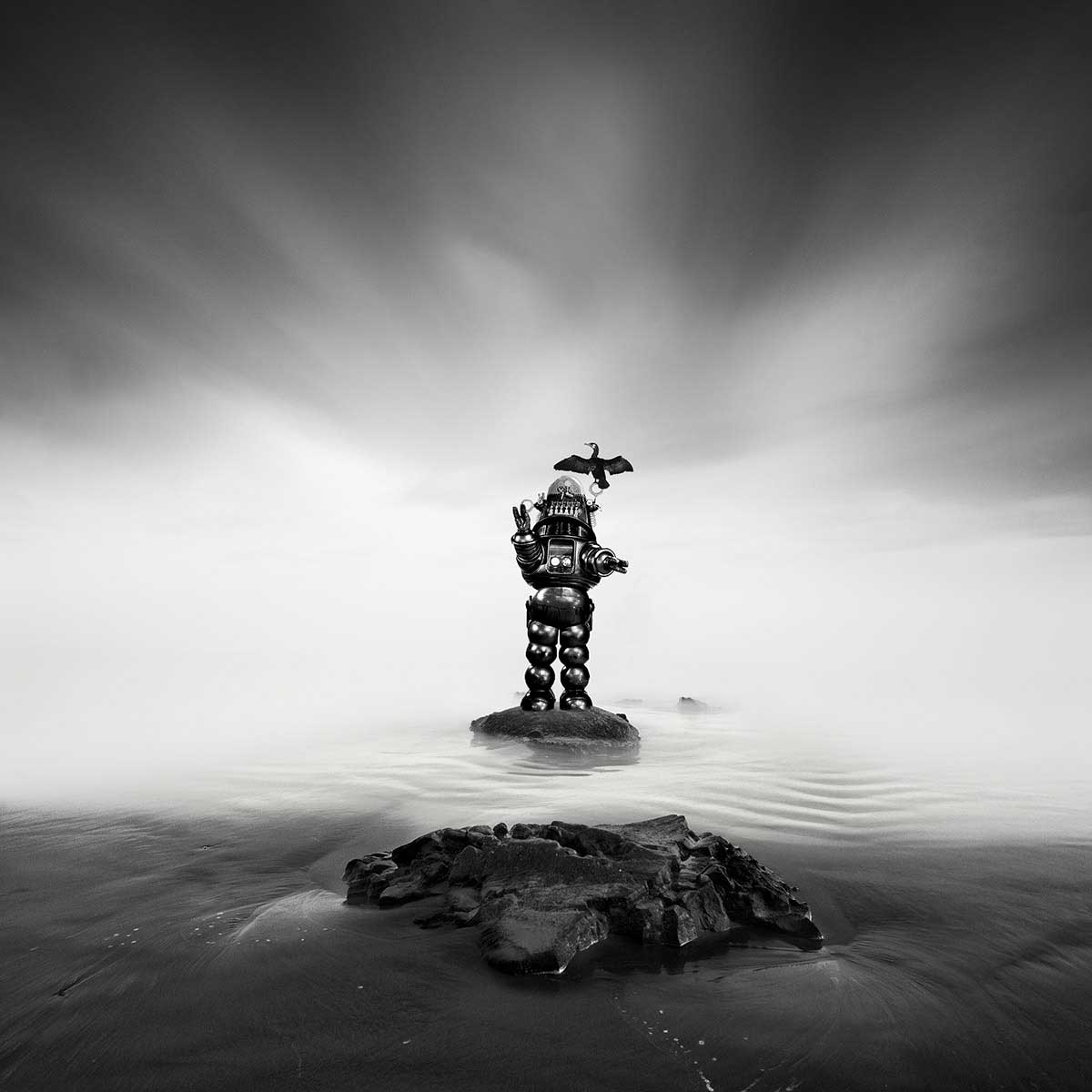
An homage to Robby the Robot first seen in the film Forbidden Planet, released in 1958—with an additional nod to his later appearances on the TV shows Lost in Space, The Twilight Zone and The Addams Family.
An homage to Stanley Kubrick’s adaptation of Arthur C. Clarke’s 2001: A Space Odyssey



